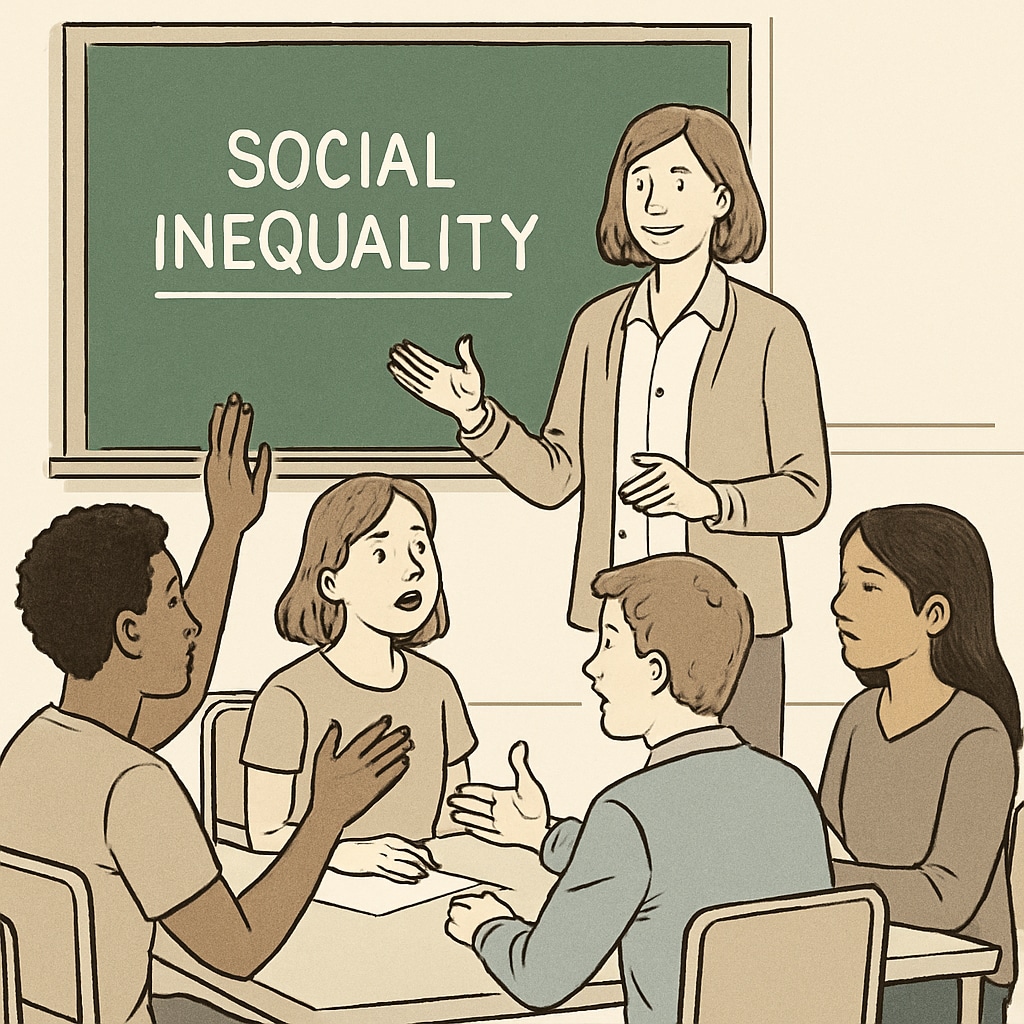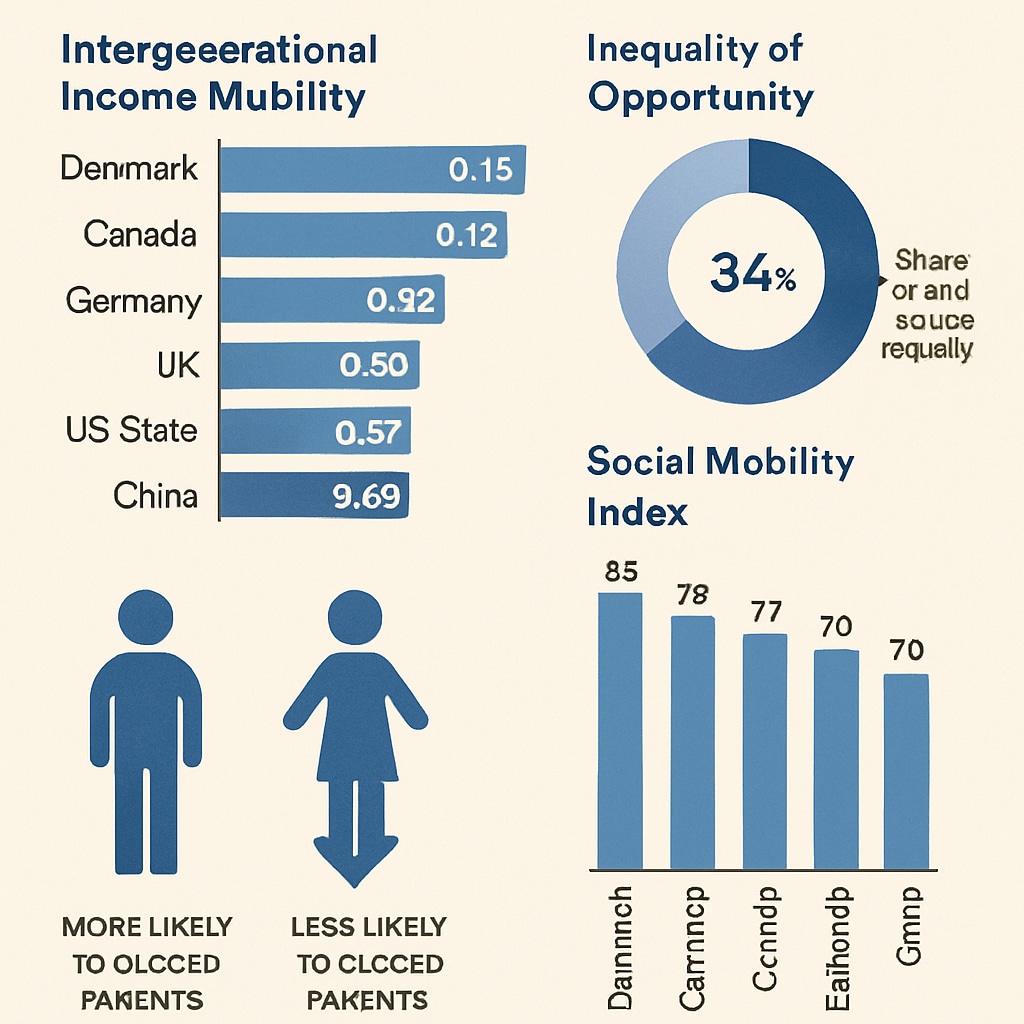In recent years, debates surrounding the role of K12 education in shaping students’ perspectives on social class systems, social studies, and mobility have gained traction. Critics argue that some schools may unintentionally—or deliberately—teach ideas that skew toward “class predestination,” potentially limiting students’ aspirations and belief in upward mobility. This raises the question: are schools reinforcing the notion of fixed class structures, or are they empowering students to challenge societal norms?
How Social Studies Education Frames Class and Mobility
The way social studies curriculums address class systems and social mobility can profoundly impact how students perceive their potential place in society. In some instances, discussions around historical class struggles, systemic inequality, and economic barriers are crucial for contextual understanding. However, when these discussions lack a balanced perspective, they risk painting an overly deterministic picture of social mobility—suggesting that one’s socioeconomic status is immutable.
For example, lessons that focus heavily on systemic oppression without highlighting instances of successful social mobility may inadvertently discourage students from believing that change is possible. In addition, teaching materials that lack nuance can oversimplify complex issues, leading to a dichotomous view of “privileged” and “oppressed” groups.

The Potential Consequences of “Class Predestination” Narratives
When students are exposed to narratives suggesting that social mobility is unattainable, it can shape their worldview in ways that hinder ambition and critical thinking. For example, a student from a low-income family might internalize the belief that achieving upward mobility is impossible due to systemic barriers. As a result, they may feel less motivated to pursue opportunities for advancement, such as higher education or entrepreneurial endeavors.
On the other hand, a more balanced approach in education could highlight both systemic challenges and the stories of individuals or communities that have successfully navigated these barriers. By doing so, educators can nurture resilience and inspire students to think critically about how they can contribute to societal change.
Research supports the importance of balanced education. According to a Britannica article on social mobility, individuals’ perceptions of opportunity significantly influence their decisions and actions. By fostering an environment that emphasizes both the realities of inequality and the potential for change, schools can empower students to engage with these issues constructively.

Promoting Critical Thinking in Social Studies
The key to addressing this issue lies in fostering critical thinking rather than promoting a single narrative. Social studies education should encourage students to question and analyze information, consider multiple perspectives, and develop their own informed opinions about social class and mobility.
Practical strategies for achieving this include:
- Integrating case studies that showcase both systemic challenges and success stories.
- Using role-playing activities to help students empathize with individuals from diverse backgrounds.
- Encouraging debates and discussions on controversial topics to expose students to differing viewpoints.
- Providing access to diverse resources, such as books, documentaries, and guest speakers, that address social issues holistically.
As critical thinking skills become increasingly essential in the modern world, equipping students with this ability ensures that they can navigate societal complexities with confidence and agency. It also helps counteract the risks of students passively accepting deterministic narratives about their future.
Finding the Balance in Social Class Education
Ultimately, the goal of social studies education should be to provide students with a well-rounded understanding of societal structures without discouraging their aspirations. Teachers and curriculum developers must be mindful of the potential impact their materials and teaching methods have on students’ belief systems.
By striking the right balance, educators can prepare students to critically engage with the world around them, advocate for equity, and strive for personal growth. Schools must aim not just to inform but to inspire—reminding students that while systemic challenges exist, they also possess the power to create meaningful change.
As these debates continue, it is crucial for schools to reflect on their role in shaping the next generation’s understanding of social class systems, social studies, and mobility. Education should not just be about presenting facts; it should empower students to envision a better future and equip them with the tools to achieve it.
Readability guidance: Short sentences and paragraphs ensure accessibility. Transition words like “however,” “for example,” and “as a result” enhance flow. Lists and examples provide clarity and structure.


